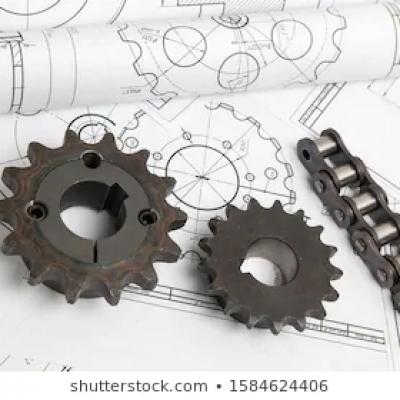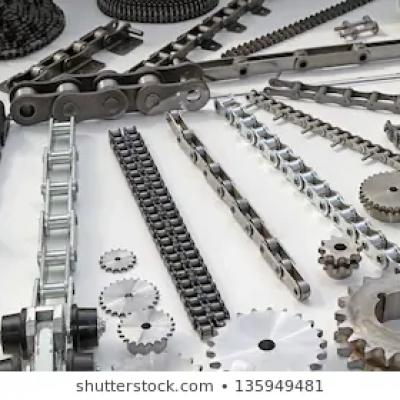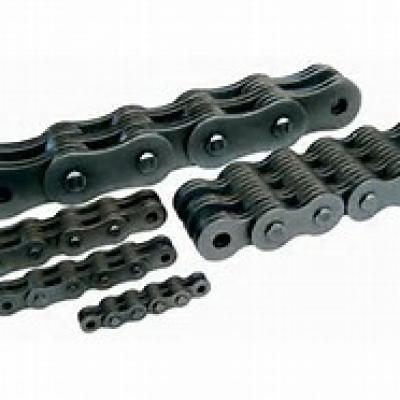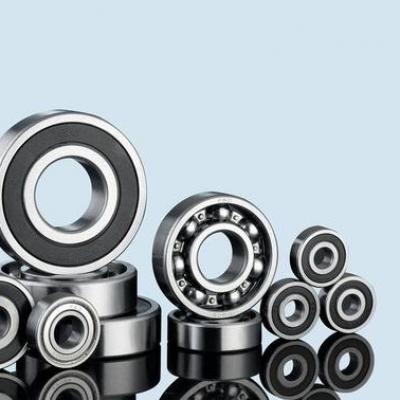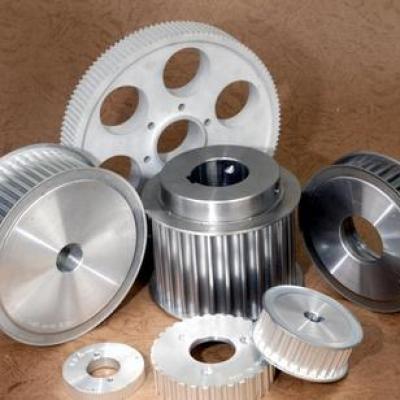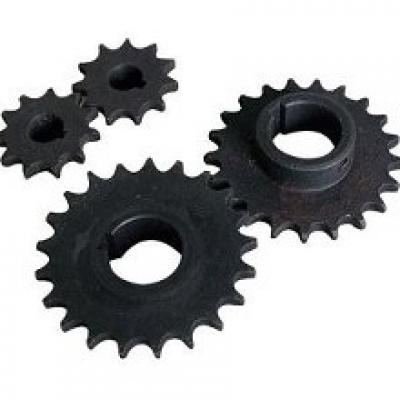Description of the main heat treatment methods for sprocket during production
The main heat treatment methods of sprocket during production are described as follows: 1. Medium carbon steel and medium carbon alloy steel are usually used for surface hardening. After surface hardening, the tooth surface hardness is generally 40-55HRC. It has the characteristics of anti-fatigue pitting corrosion, strong anti-adhesion and good abrasion resistance. Because the bare core will eventually harden, the Gear still has enough toughness to withstand small impact loads. 2. Carburizing and quenching are commonly used for low-carbon steel and low-carbon general steel. After carburizing and quenching, the hardness of the tooth surface can reach 56-62hrc, while the center of the tooth still maintains high toughness. After the gear is hardened by carburizing, the gear teeth are deformed. A larger break-in should be performed. 3. Nitriding is a surface chemical heat treatment. No additional heat treatment is required after nitriding, and the tooth surface hardness can reach 700 ~ 900hv. Nitrided gears have the characteristics of high hardness, low processing temperature, and small deformation. They are suitable for hard grinding of gears. They are often used in nitriding steels containing chromium, copper, lead and other alloy elements. 4. Medium carbon steel and medium carbon alloy steel are generally quenched and tempered. The hardness of the tooth surface after quenching and tempering is 220 × 280 HBS. Due to the low hardness, the gear can be trimmed after heat treatment. 5. Normalizing can eliminate internal stress, refine grains, and improve mechanical and cutting performance. Gears with low mechanical strength requirements can be standardized with medium carbon steel, and large diameter gears can be standardized with cast steel.
